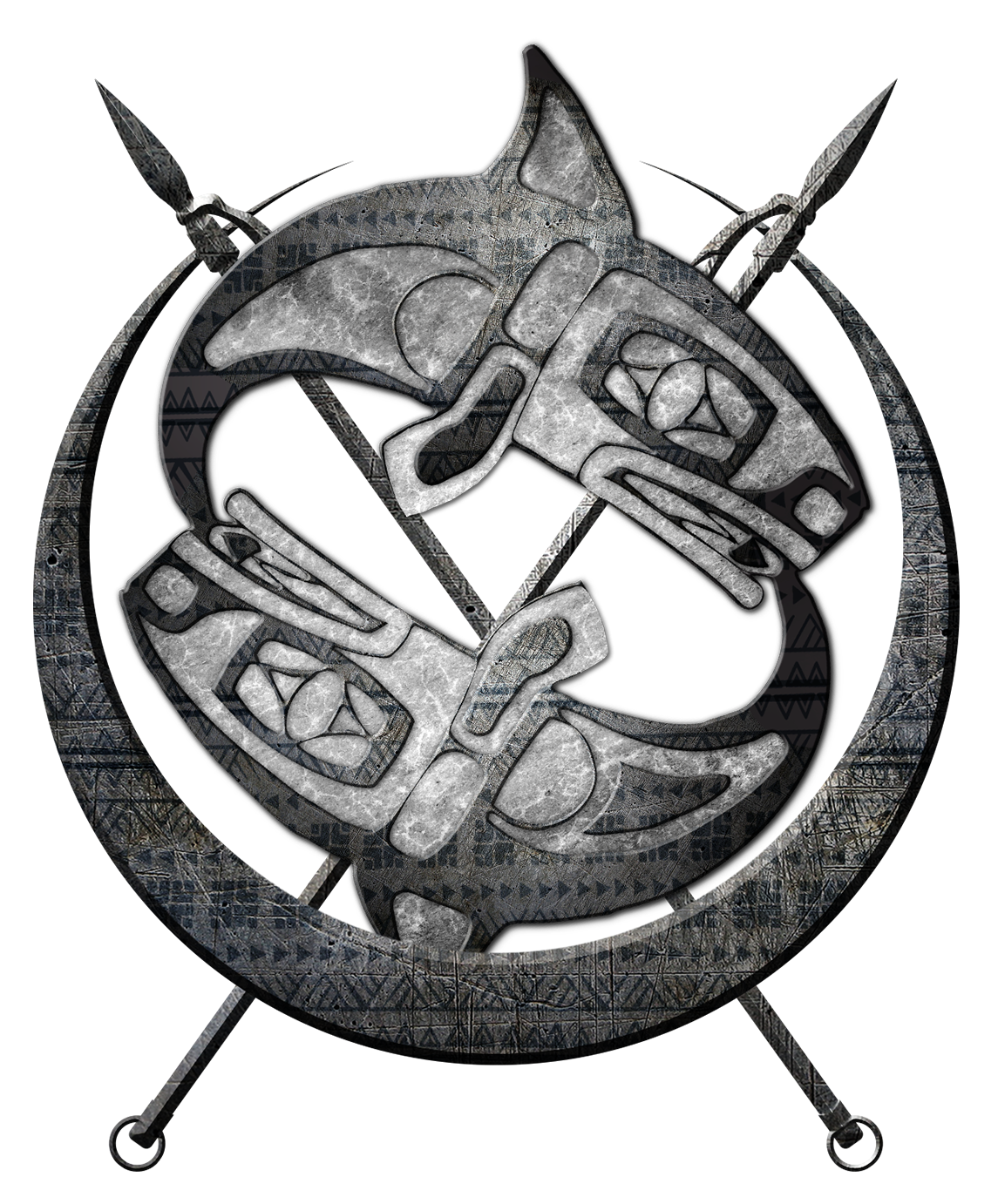Difference between revisions of "Yivriindi"
m (Updated from markdown source) |
m (Updated from markdown source) Tag: Removed redirect |
||
| Line 1: | Line 1: | ||
| − | + | [[Category:Yivri]] | |
| + | |||
| + | The Yivriindi were the largest and most influential sub-culture within the cultural sphere of the Yivri. Their language was Yivriindil, commonly known simply as the [[Yivrian language]]. | ||
| + | |||
| + | The Yivriindi occupied the central part of Yivras, the broad, fertile valley of the [[Lakam River]], which reached from where the Lakam River and the [[Tsingris River]] met in the south of Yivras, nearly to the edge of the [[Prasa River]] in the north. The region which the Yivriindi occupied was known as ''Yivriindas'', at the center of which stood the city of [[Kendilar]]. Kendilar was the seat of the [[Kenda]], considered the ruler of all Yivriindi, and in some eras the dominant political force throughout Yivras. | ||
Latest revision as of 16:34, 7 May 2023
The Yivriindi were the largest and most influential sub-culture within the cultural sphere of the Yivri. Their language was Yivriindil, commonly known simply as the Yivrian language.
The Yivriindi occupied the central part of Yivras, the broad, fertile valley of the Lakam River, which reached from where the Lakam River and the Tsingris River met in the south of Yivras, nearly to the edge of the Prasa River in the north. The region which the Yivriindi occupied was known as Yivriindas, at the center of which stood the city of Kendilar. Kendilar was the seat of the Kenda, considered the ruler of all Yivriindi, and in some eras the dominant political force throughout Yivras.
